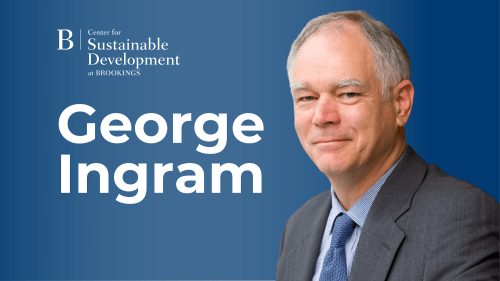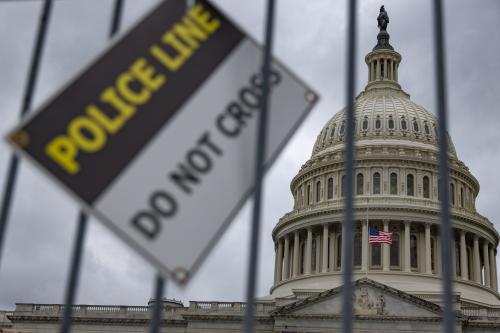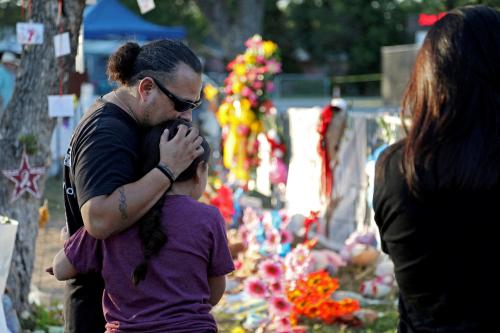The strong victory in Colombia’s presidential elections of Juan Manuel Santos, a former Minister of Defense in the outgoing administration of President Alvaro Uribe, reflects the sentiment of many Colombians that Colombia has achieved great progress over the past eight years. Yet while significant, the success remains incomplete and great challenges remain.
Colombia has experienced especially strong progress in combating illegal armed groups, such as the leftist guerrilla group, the Fuerzas Armadas Revolucionarias de Colombia (FARC). Strengthened by U.S. aid under Plan Colombia and the Andean Counterdrug Initiative, Colombia’s military forces greatly increased their fighting capacity and mobility. Police reform has experienced some important successes. FARC’s numbers have been halved to about nine thousand and its ability to operate substantially weakened, being pushed away from strategic corridors. Over the past eight years, the Government of Colombia also demobilized the rightist paramilitaries, the Autodefensas Unidas de Colombia (AUC), perpetrators of some of the worst massacres in Colombia. Kidnapping and murder rates have fallen substantially.
Yet critical weaknesses in security remain. In much of the territory nominally cleared of illegal armed actors, government presence remains sporadic and spotty. Often, illegal armed actors reign a short distance from major roads and government officials can enter many municipalities only with permission of the local armed actors. The government’s latest raid to liberate four prominent and long-held FARC hostages notwithstanding, the military effort against the FARC over the past year more or less has been stalled. The FARC still controls areas of difficult terrain, such as in Narino, and has increased its attacks along roads and in cities. Although the scale of its operations is small compared to the critical years of the late 1990s and the size of the territory the FARC controls is also far smaller, the operational tempo of attacks has increased and the resulting insecurity is sufficient to paralyze normal life.
Despite the formal demobilization of the AUC, new paramilitary groups, referred to by Colombia’s government as bandas criminales, have emerged and by some accounts number ten thousand members. They participate in the drug trade and undermine public safety in ways analogous to the former paramilitaries. In some areas they fight the FARC; in others they collude with it. These armed groups have also penetrated the political structures in Colombia at both the local and national levels, distorting democratic processes, accountability, and socio-economic development, to the detriment of the most needy. New conflicts over land have increased once again. Internal displacement of populations from land for the sake of coal, gold, oil, and emerald exploitation and African oil palm cultivation persists – eviscerating the peace dividend in many areas. Many of the formerly demobilized paras have joined these new groups. Cities, such as Medellin and Bogota, heralded as models of public safety improvements to be emulated around the world, have been experiencing a sharp increase in murders and kidnappings once again, reflecting the reactivation of the bandas criminales — many direct descendants of the drug gangs cum paramilitary groups that ruled those cities prior to the demobilization.
Critical deficiencies remain in the socio-economic sphere. Colombia is a country of vast inequalities, with nearly a half of the population living in poverty and one of the highest unemployment rates in Latin America. Although the National Consolidation Plan of the Government of Colombia recognizes the importance of addressing the socio-economic needs of the communities previously controlled by illegal armed actors, civilian state presence in many areas remains highly limited and many socio-economic programs exist only on paper, but not on the ground. This is also the case in many of the seventeen specially-designated “strategic zones” where the Government of Colombia focuses its efforts, such as Macarena and Montes de Maria. Rural development efforts remain limited and reach only a fraction of the rural population, including only a small segment of farmers cultivating coca.
Moreover, rural development efforts are hampered by Colombia’s problematic political-economic arrangements. For example, powerful agricultural lobbies oppose land reform and the rural poor frequently have only limited access to land and credit. The taxation system in Colombia taxes land very lightly, while it taxes labor, especially the middle class, very heavily, giving rise to land speculation and economic growth that does not generate many jobs.
The new Colombian government should recognize that while perseverance in security and public safety efforts, including combating the new paramilitary groups/bandas criminales, is critical, it must be accompanied by far more robust efforts to address the socio-economic needs of the extensive marginalized populations and to combat poverty and political and economic inequality. But it will only be robustly effective in such efforts if it develops the wherewithal to take on the basic political-economic arrangements and powerful elite lobbies and undertakes structural reforms that have eluded Colombia in all of its history.
The Brookings Institution is committed to quality, independence, and impact.
We are supported by a diverse array of funders. In line with our values and policies, each Brookings publication represents the sole views of its author(s).



Commentary
Op-edAfter the Presidential Elections: The Challenges Ahead in Colombia
July 6, 2010